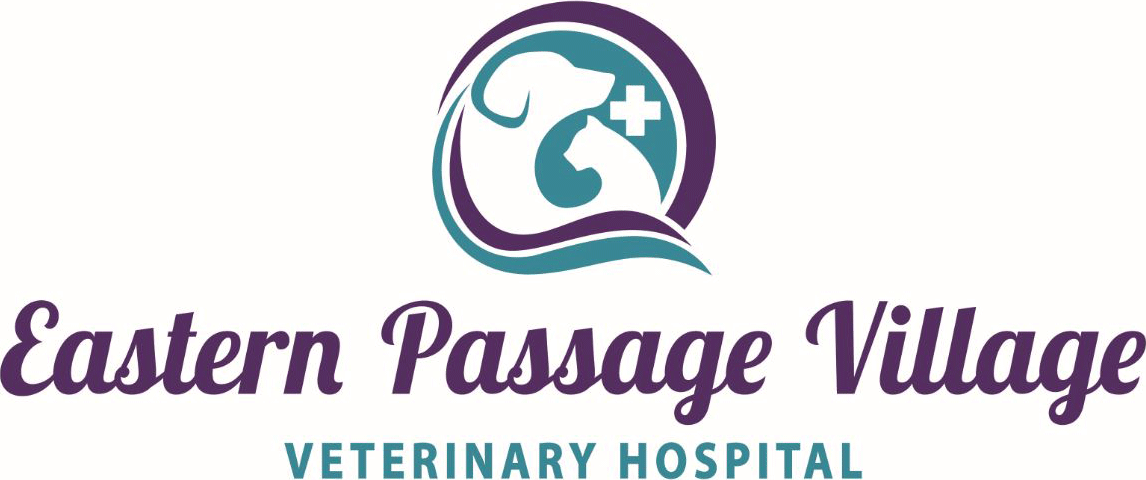By: Dr. Courtney Sherlock
Three things must be present on a pet food label.
- Ingredient List: This lists all the ingredients that goes into making the food. They are listed in descending order by PRE-COOKED weight; the heaviest being first. Once the foods are cooked the weight can decrease greatly. For example most meats are ~40% water when raw, and as little as 5% after being cooked, making it a lot lighter once cooked. Grains however change very little from raw to cooked. This means that even though meat may be listed first, it might not necessarily be the most abundant ingredient once the diet is cooked and dehydrated into a kibble.
- Guaranteed Analysis: These numbers usually come from the manufacturer and they list either a minimum or maximum amount of crude protein, fat, moisture, fibre, vitamins and minerals in the food. The numbers are percentage by weight, rather than in specific values such as grams (g) or milligrams (mg) like our human food labels. The percentages are based on an ‘as is’ basis which includes the water content of the food. The moisture level of each food is different and can greatly skew these percentage points, which makes it almost impossible to compare products.
- Statement of Adequacy: There are various associations than may be listed on the label as verifying the quality of the food. The Association of American Feed Control Officials )AAFCO provides minimum standards by which pet food manufactures must adhere to in all aspects of development, testing, manufacturing and packaging of pet foods. There must be a statement that AAFCO provides “complete and balanced nutrition” for whatever demographic of pet this food is made for (i.e. kittens, puppies, adults, seniors, etc). Be careful with “all life stage” products, these must contain enough nutrients to support growth of puppies/kittens which could be excessive and damaging to adult or senior pets.
Other associations may also stamp their approval on a bag of food voluntarily such as the CVMA (Canadian Veterinary Medical Association) AVMA (American Veterinary Medical Association) or VOHC (Veterinary Oral Health Counsil), among many others.
Some other important things to know:
- There is a difference between ingredients and nutrients. Ingredients are the raw components of the food and they are the vehicles that provide the nutrients. Nutrients are the components of food, such as protein, carbohydrate, fibre, vitamins, minerals, etc. that support life at a microscopic, cellular level. The amounts and proportions of the nutrients are what is really important in the food.
- There is no such thing as a “filler” in high quality diets. The most commonly talked about “fillers” in pet food commercials lately is corn. Many people say that “corn isn’t digested, it comes out the same way it goes in!”. While this is partially true of whole kernel corn, when cooked, ground up and put in pet food corn is a highly digestible source of high quality protein, fibre, fatty acids, energy and naturally occurring antioxidants. Think of the difference between digesting corn on the cob and corn flakes, and suddenly it makes since!
- High ash foods cause urinary crystals in cats, low as foods do not. The formation of urinary crystals in cats is an extremely complicated process involving genetics, age, weight, environmental factors, mineral balance of the cats diet and many other health factors. Diet doesn’t necessarily cause crystals, but it can be used to prevent development of crystals in a cat who is prone to developing them. Simply choosing a “low ash” food will not mean your cat will not develop urinary crystals.
- Your veterinary team is the best resource for nutritional information. Remember, we all have extensive training in nutrition, as well as specific health information on your pet. We are not here to sell you food, only to help your pet be the healthiest, happiest they can be!
